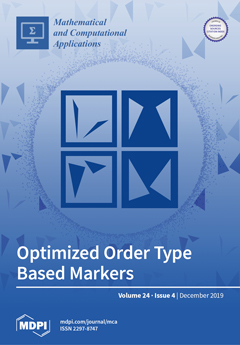It is not possible to achieve the objectives and skills of a program in economics, at the secondary and undergraduate levels, without resorting to graphic illustrations. In this way, the use of educational software has been increasingly recognized as a useful tool to
[...] Read more.
It is not possible to achieve the objectives and skills of a program in economics, at the secondary and undergraduate levels, without resorting to graphic illustrations. In this way, the use of educational software has been increasingly recognized as a useful tool to promote students’ motivation to deal with, and understand, new economic concepts. Current digital technology allows students to work with a large number and variety of graphics in an interactive way, complementing the theoretical results and the so often used paper and pencil calculations. The computer algebra system
Mathematica is a very powerful software that allows the implementation of many interactive visual applications. Thanks to the symbolic and numerical capabilities of
Mathematica, these applications allow the user to interact with the graphical and analytical information in real time. However,
Mathematica is a commercially distributed application which makes it difficult for teachers and students to access. The main goal of this paper is to present a new dynamic and interactive tool, created with
Mathematica and available in the Computable Document Format. This format allows anyone with a computer to use, at no cost, the PES(Linear)-Tool, even without an active Wolfram
Mathematica license. The PES(Linear)-Tool can be used as an active learning tool to promote better student activity and engagement in the learning process, among students enrolled in socio-economic programs. This tool is very intuitive to use which makes it suitable for less experienced users.
Full article





